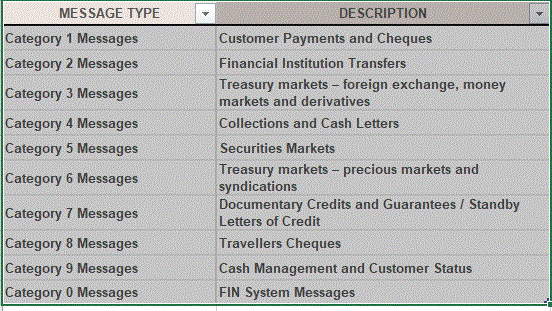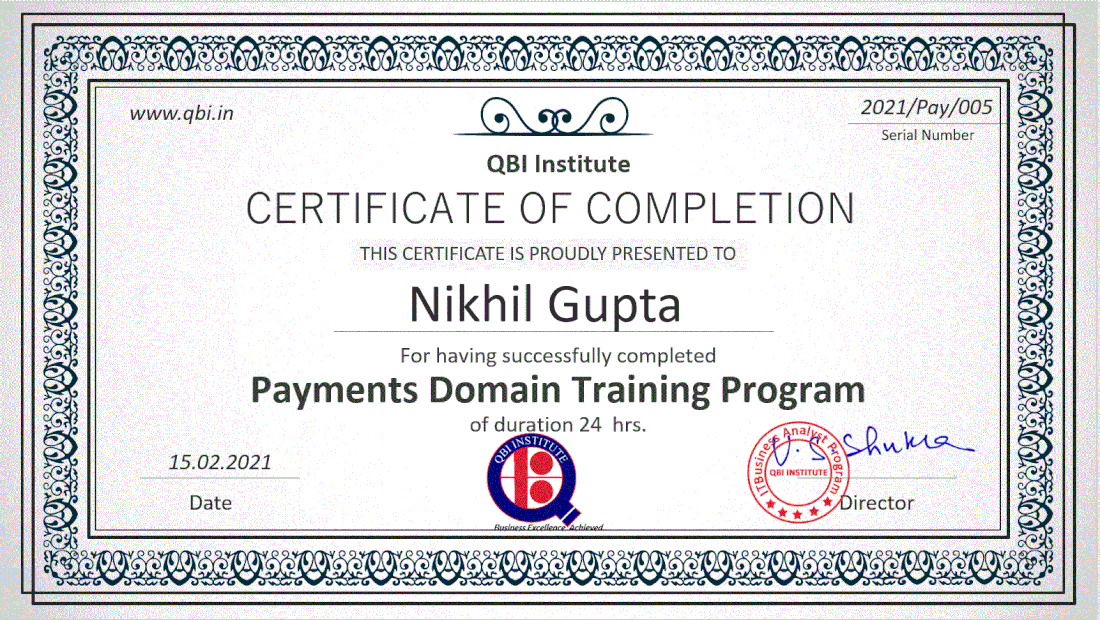Payment Gateways: Act as a bridge between the merchant's website or application and the payment processor, securely transmitting transaction data.
Scope of Service:
Payment Processors: Focus primarily on the financial aspect, ensuring that funds are transferred securely and efficiently.
Payment Gateways: Provide a broader service by facilitating the exchange of information between the merchant and the payment processor, including encryption and security features.
User Interaction:
Payment Processors: Operate mostly in the background, handling the technical aspects of payment transactions with minimal direct interaction with users.
Payment Gateways: Often have user interfaces that customers interact with during the checkout process, collecting payment information and forwarding it to the payment processor.
Integration:
Payment Processors: Typically integrate directly with banks and financial institutions to process transactions.
Payment Gateways: Integrate with both the merchant's website or application and the payment processor, ensuring a seamless flow of data between the two.
Risk Management:
Payment Processors: Manage financial risks associated with transactions, such as fraud detection and prevention.
Payment Gateways: Also contribute to risk management but focus more on securing the transmission of sensitive data and ensuring compliance with industry security standards.






 RSS Feed
RSS Feed